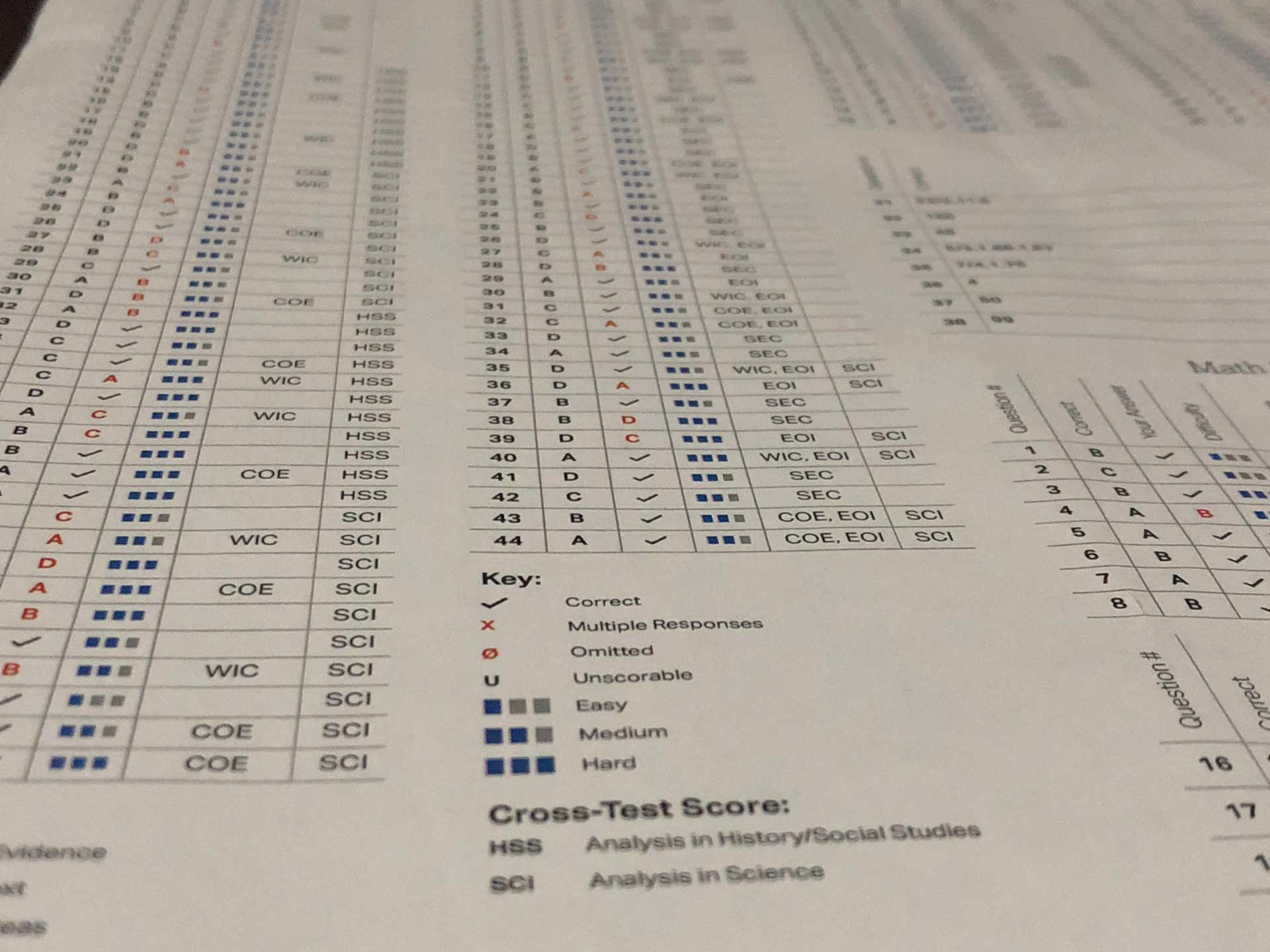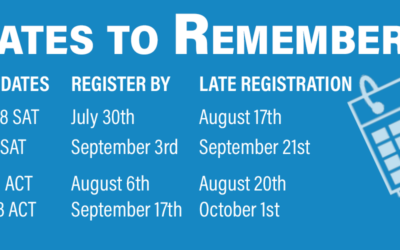For those who pay attention to SAT news or have had students who took the June SAT, you may have noticed a big backlash that the College Board is facing after administering what many students believed to be an incredibly easy math SAT. While many students did quite well, it was not the boon that everyone thought it would be: many students found a huge point disparity between their June math score and their math scores on previous dates. I put together a chart of how the June SAT Math scores compare with previous tests below. As you can see, the point disparity is indeed striking.

Why did this happen??
The reason this occured is because SAT scores are largely based on a normal curve, meaning that no matter how many wrong or right a student gets the middle 50% of all the test scores in the country get about a 500. Therefore when an “easy” test comes along, and a lot of people do well then the normal curve is significantly impacted and makes each question worth more points than normal. So where on average 8 wrong answers in a math section is typically around a 700, on the June SAT 8 wrong would be around a 650, a huge difference for those trying to achieve top scores.
Why is this such a problem?
This is a big problem for many SAT takers, because SATs test much more than just foundational math knowledge. It tests your ability to pay attention, read thoroughly, and answer questions exactly. In other words, many questions are designed for students to make silly mistakes and ultimately get them wrong. This bares out with my own SAT students in which almost 50% of their math mistakes are not because of lack of ability but simply because they overlooked a minor detail. In many instances it can be very difficult for these students to correct their subconscious “silly” mistakes which will end in a much lower score than they might expect. The interesting thing I’ve found is that students who have a tendency to make small mistakes will actually make fewer mistakes on more difficult math tests, because the more difficult questions require students to be more careful. Easy questions on the other hand fool students into thinking the questions can be answered mentally with little to no work, and thus, they get the question wrong.
What to do?
The June SAT seems to have been an anomaly. Never in all my years of teaching the SAT have I seen a test with a score disparity as much as 90 points compared to other SAT’s. Every single SAT is different, and therefore I expect the August one to be more in line with traditional SAT difficulty. The best thing I can recommend to students studying is to pay more attention to making silly mistakes on their prep questions. Silly mistakes are by far the biggest culprit for low scores, not advanced math material. It doesn’t matter how smart a student is, if he or she is prone to making silly mistakes then those mistakes will keep happening.




